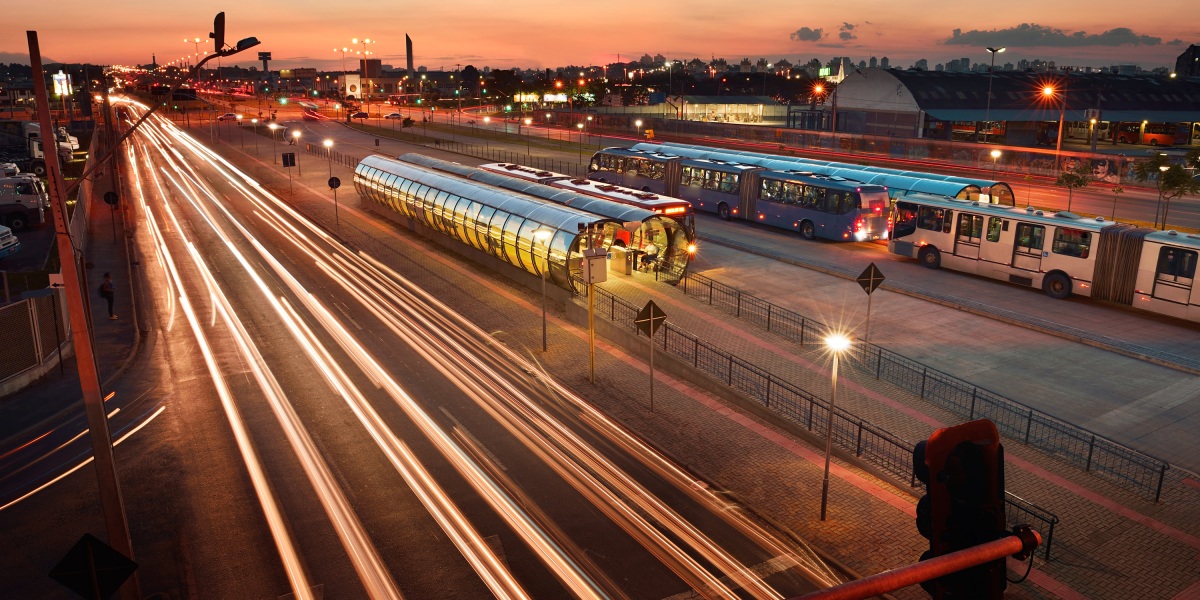
Truly smart cities recognize the ambiguity of lives and livelihoods, and they are driven by outcomes beyond the implementation of “solutions.” They are defined by their residents’ talents, relationships, and sense of ownership—not by the technology that is deployed there.
This more expansive concept of what a smart city is encompasses a wide range of urban innovations. Singapore, which is exploring high-tech approaches such as drone deliveries and virtual-reality modeling, is one type of smart city. Curitiba, Brazil—a pioneer of the bus rapid transit system—is another. Harare, the capital of Zimbabwe, with its passively cooled shopping center designed in 1996, is a smart city, as are the “sponge cities” across China that use nature-based solutions to manage rainfall and floodwater.
Where technology can play a role, it must be applied thoughtfully and holistically—taking into account the needs, realities, and aspirations of city residents. Guatemala City, in collaboration with our country office team at the UN Development Programme, is using this approach to improve how city infrastructure—including parks and lighting—is managed. The city is standardizing materials and designs to reduce costs and labor, and streamlining approval and allocation processes to increase the speed and quality of repairs and maintenance. Everything is driven by the needs of its citizens. Elsewhere in Latin America, cities are going beyond quantitative variables to take into account well-being and other nuanced outcomes.
In her 1961 book The Death and Life of Great American Cities, Jane Jacobs, the pioneering American urbanist, discussed the importance of sidewalks. In the context of the city, they are conduits for adventure, social interaction, and unexpected encounters—what Jacobs termed the “sidewalk ballet.” Just as literal sidewalks are crucial to the urban experience, so is the larger idea of connection between elements.
Truly smart cities recognize the ambiguity of lives and livelihoods, and they are driven by outcomes beyond the implementation of “solutions.”
However, too often we see “smart cities” focus on discrete deployments of technology rather than this connective tissue. We end up with cities defined by “use cases” or “platforms.” Practically speaking, the vision of a tech-centric city is conceptually, financially, and logistically out of reach for many places. This can lead officials and innovators to dismiss the city’s real and substantial potential to reduce poverty while enhancing inclusion and sustainability.
In our work at the UN Development Programme, we focus on the interplay between different components of a truly smart city—the community, the local government, and the private sector. We also explore the different assets made available by this broader definition: high-tech innovations, yes, but also low-cost, low-tech innovations and nature-based solutions. Big data, but also the qualitative, richer detail behind the data points. The connections and “sidewalks”—not just the use cases or pilot programs. We see our work as an attempt to start redefining smart cities and increasing the size, scope, and usefulness of our urban development tool kit.
